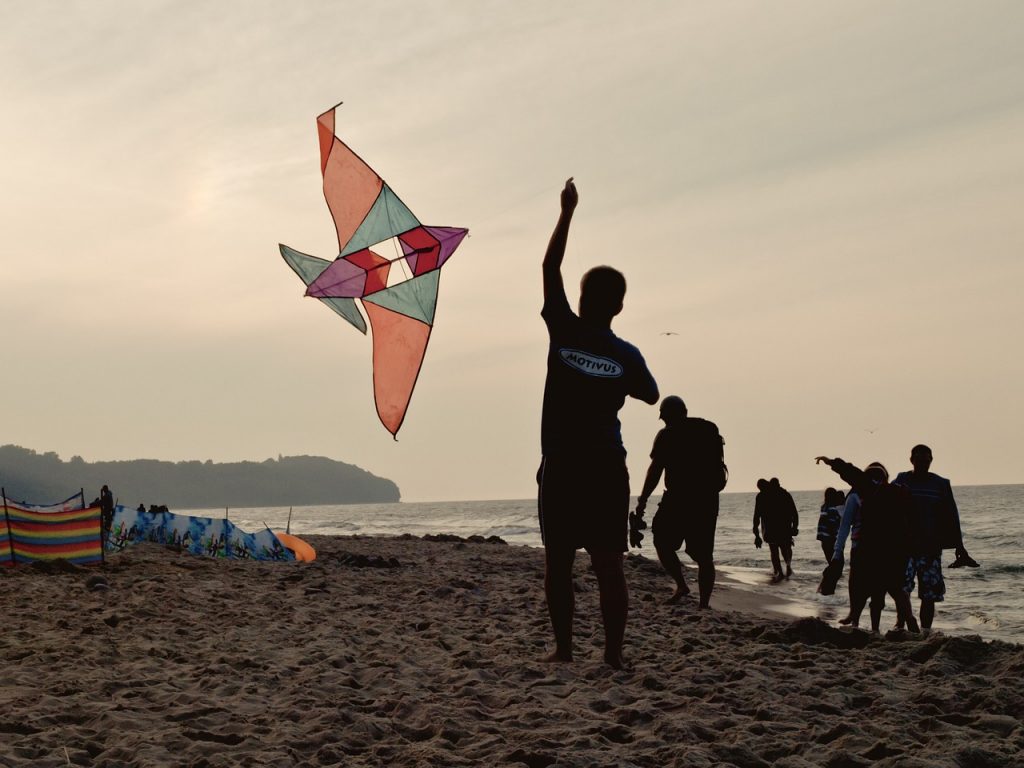
Hi everyone. Before we start this week’s topic, check out Memphis Music Initiative’s latest hilarious and catchy music video, “I Hope Like Hell We Get This Grant.”
Crappy Funding Practices (CFP) has been building momentum. Join in the fun on LinkedIn! This is the movement where we call out foundations publicly and by name who engage in practices that waste nonprofits’ time and energy when there are so many societal issues to tackle. Making a grantee write a quarterly report for a $2500 grant? We’re calling you out. Telling grant applicants they can’t spend more than 10% on overhead? We’re calling you out. Making grant applicants use your budget format, which is in Word? We’re calling you out.
Declaring a grant application deadline but then saying you’re only going to review the first 100 submissions? We’re calling you out and likely also bestowing upon you a Ghost Orchid Award for Rare but Super Crappy Funding Practices, which will come with press releases and probably an award ceremony where your team will be invited to dress up in evening formal wear and explain how you came up with such a clueless and heinous decision.
Continue reading →




